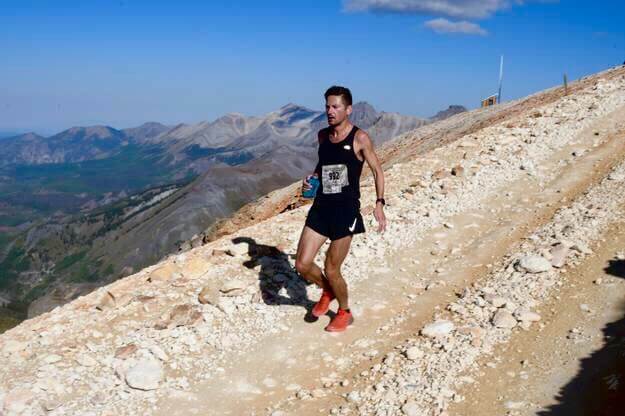
If you have been running for long enough then it's highly probable that you have experienced symptoms of dehydration or bonking on a run. This has happened to me on many occasions and each time I learn a valuable lesson. With proper planning and knowledge both of these issues can be avoided.
Planning - Make sure you have a proper fueling and hydration strategy before heading out for your long run.
Hydration and fueling start well before your Sunday long run. Below are some basic guidelines to follow throughout the day.
- Hydrate regularly throughout the day - Water + electrolytes, such as Nunn nutrition. Stay away from sugary beverages.
- Wherever you go, so does your water bottle. Consuming water slowly throughout the day is the best way to stay hydrated.
- Make sure you are fueling your body with a well balanced diet that consists of carbs, protein, fats, and whole-grains. The body can store about 2 hours or energy in the form of glycogen. Glycogen is the primary fuel source that the body is using during moderate to high intensity aerobic activities, such as distance running. This means that if you have fueled properly then you can sustain a constant energy level for an extended period of time.
There are a lot of variables to consider regarding how much and how often to drink during a long run. These include intensity of the run, duration, weather conditions, body weight, and environment. If you know you'll be running for longer than 90 minutes then you need to have a hydration strategy.
Hydration Strategy -
- Having hydration stops along your route. This could include someone handing you bottles at different points, or placing bottles along the route. I've done both of these and it's my preferred method when I have someone to help, or I have a planned out and back route.
- Carrying your own hydration - If you know you'll be out running for a very long period of time then this is the best method. There are many products out there these days that are pretty comfortable. These include handheld bottles, hydration belts, and wearable packs. During some of my adventure mountain runs this summer I wore a lightweight hydration pack that stored water, hydration, and had plenty of pockets for clothing and accessories. These products have come a long ways over the years. Brands like Ultimate Direction, and Salomon have done a excellent job of combining comfort with accessibility.
- When running at a higher intensity for a longer duration, make sure to drink early and often. The science shows that starting early will prevent symptoms from occurring, making for a much more enjoyable experience. If you're thirsty then it's too late to get yourself out of a hole. We want to keep our muscles firing at a optimal level, and proper hydration will help with doing so.
Proper Fueling -
Like I mentioned above the human body can exercise at a moderate to high intensity for 2 hours before it starts to shut down. These are the keys to fueling properly during a long run.
- Plan of taking in calories for a run lasting longer than 90 minutes. If you are bonking or feeling low on energy on runs lasting shorter than 90 minutes then you have probably not fueled your body properly prior to running. An example could be skipping lunch and then expecting your body to perform for a afternoon run. Not going to happen, and for good reason. Yes, you can get through the run, but this is very tough on your body and can cause problems down the road.
- There are a lot of products on the market - Most are simple sugars in the form of mixes, gels, blocks, and bars. So why simple sugars? Our glycogen stores (which remember is what our bodies primarily use when running) need to be replaced quickly and efficiently. These simple sugars are the best way of replacing what we are rapidly losing.
- If you plan of running for 90 minutes or longer then take a gel, or other products every 45 minutes. Most of these products are 100 calories, have some electrolytes, and need to be consumed with water. This means proper digestion and absorption to the bloodstream. Some examples of these products include GU, PowerGel, Maurten, Cliff, Humma, and the list goes on.
Practice makes perfect -
I can give you all of the advice in the world but you have to find what works best for you. Everything above is guidelines, but I like to say that we are all an experiment of one. Good luck with finding the hydration and fueling strategy that works best for you!
Coach Guy
